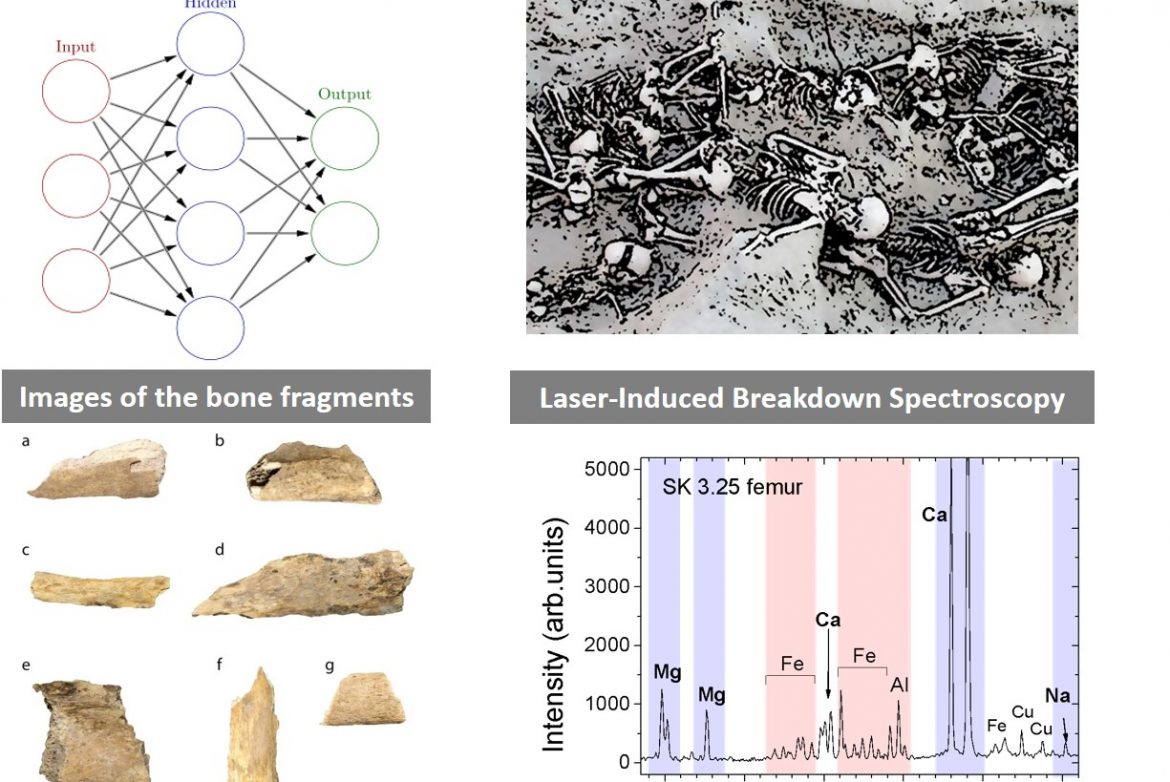“Application of laser-induced breakdown spectroscopy and neural networks on archaeological human bones for the discrimination of distinct individuals”
Available online 12 January 2021.
A new article published recently in the Journal of Archaeological Science: Reports, presenting collaborative work of the Photonics for Heritage Science (PhoHS) of IESL-FORTH, the University of York and the Niedersächsisches Institut für Historische Küstenforschung.
The paper entitled “Application of laser-induced breakdown spectroscopy and neural networks on archaeological human bones for the discrimination of distinct individuals” by Panos Siozos, Niklas Hausmann, Malin Holst and Demetrios Anglos, reflects research performed in the framework of Marie Skłodowska-Curie Individual Fellowship project ‘ACCELERATE’ and the NSRF 2014-2020 projects “HELLAS-CH” (MIS-5002735) and “POLITEIA II” (MIS-5002478).
In this study, Laser-Induced Breakdown Spectroscopy (LIBS) method is combined with Artificial Neural Networks (ANN) to classify archaeological bones of distinct individuals. Open-access software was used for the classification process. The bone elemental fingerprint separated into two groups representing different components. The first group includes chemical elements related to the bone matrix (Ca and P) as well as elements that are regularly incorporated in the living bone tissues (Mg, Na, Sr, and Ba). The second group includes metals whose presence is related to diagenesis and the chemical composition of the burial soil (Al, Fe, Mn). The work demonstrates that LIBS and ANN can be used to distinguish individuals in commingled skeletal assemblages.
Read the full article here: https://www.sciencedirect.com/…/pii/S2352409X20305605…


